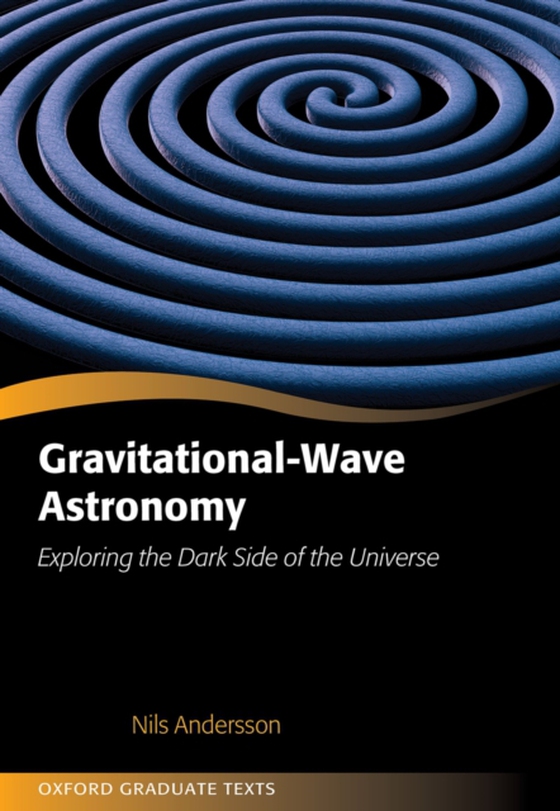
Gravitational-Wave Astronomy e-bog
619,55 DKK
(inkl. moms 774,44 DKK)
This book is an introduction to gravitational waves and related astrophysics. It provides a bridge across the range of astronomy, physics and cosmology that comes into play when trying to understand the gravitational-wave sky. Starting with Einstein's theory of gravity, chapters develop the key ideas step by step, leading up to the technology that finally caught these faint whispers from the di...
E-bog
619,55 DKK
Forlag
OUP Oxford
Udgivet
28 november 2019
Længde
672 sider
Genrer
Cosmology and the universe
Sprog
English
Format
pdf
Beskyttelse
LCP
ISBN
9780192579157
This book is an introduction to gravitational waves and related astrophysics. It provides a bridge across the range of astronomy, physics and cosmology that comes into play when trying to understand the gravitational-wave sky. Starting with Einstein's theory of gravity, chapters develop the key ideas step by step, leading up to the technology that finally caught these faint whispers from the distant universe. The second part of the book makes a direct connection withcurrent research, introducing the relevant language and making the involved concepts less mysterious. The book is intended to work as a platform, low enough that anyone with an elementary understanding of gravitational waves can scramble onto it, but at the same time high enough to connect readerswith active research - and the many exciting discoveries that are happening right now. The first part of the book introduces the key ideas, following a general overview chapter and including a brief reminder of Einstein's theory. This part can be taught as a self-contained one semester course. The second part of the book is written to work as a collection of "e;set pieces"e; with core material that can be adapted to specific lectures and additional material that provide context and depth. A range of readers may find this book useful, including graduate students, astronomers looking for basic understanding of the gravitational-wave window to the universe, researchers analysing data from gravitational-wave detectors, and nuclear and particle physicists.
 Dansk
Dansk

